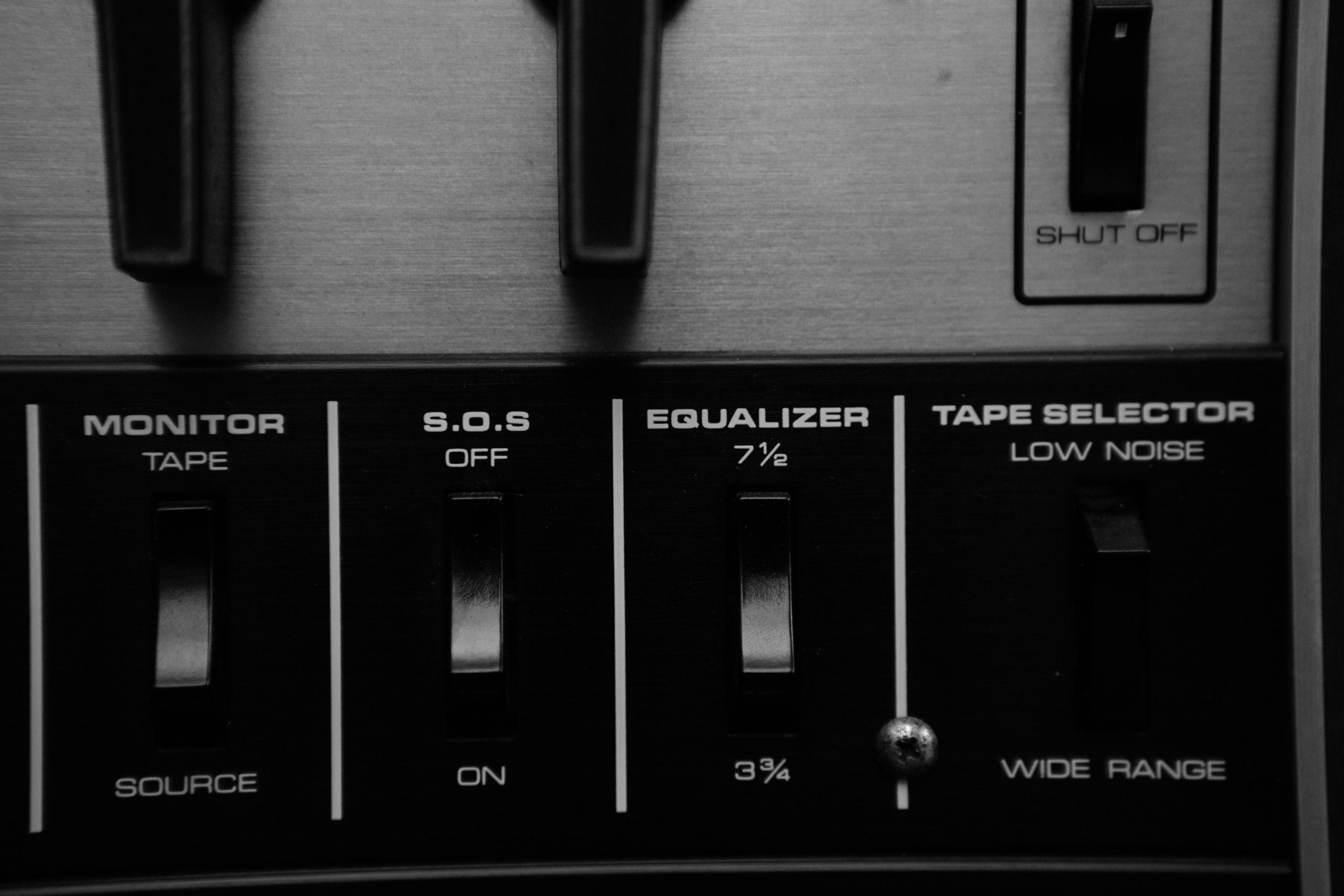Troubleshooting Intermittent Display Fluctuations After Establishing Dual Monitor Setup
Many professionals and enthusiasts prefer utilizing multiple monitors to boost productivity and enhance user experience. However, transitioning from a single to a dual monitor setup can sometimes introduce unexpected technical issues. Recently, users have reported experiencing random display disconnections—monitors turning off and then turning back on—after adding a second identical monitor to their workspace.
Understanding the Cause
Such flickering or intermittent display issues often stem from a variety of underlying causes, including:
-
Hardware Compatibility and Connection Issues
Even with identical monitors, the way they connect to your system (HDMI, DisplayPort, VGA, DVI) and the quality of the cables can influence stability. Loose or damaged cables, poor-quality adapters, or incompatible ports may lead to disconnections. -
Graphics Card Limitations or Configuration
Some graphics cards have limitations on the number of supported monitors, or require specific configurations. Ensuring your GPU drivers are up-to-date and correctly configured for dual displays is crucial. -
Driver and Software Conflicts
Outdated or corrupted graphics drivers can cause display issues. Similarly, conflicts between software applications or display settings can lead to flickering or disconnects. -
Power Settings and Hardware Resources
Power management features or insufficient system resources can sometimes cause monitors to turn off unexpectedly, particularly when the system is under load.
Recommended Troubleshooting Steps
If you’re experiencing similar issues after expanding to a dual monitor setup, consider the following steps:
-
Verify Cable Connections
Ensure all cables are securely connected and free of damage. Try replacing cables or using different ports to rule out physical connection problems. -
Update Display Drivers
Visit your graphics card manufacturer’s website to download and install the latest drivers. Reboot your system afterward to apply updates. -
Adjust Display Settings
Use your operating system’s display settings to configure resolution, refresh rate, and display order appropriately. -
Check Power and Sleep Settings
Disable any aggressive power-saving modes that might disable displays unexpectedly. -
Test with a Single Monitor
Disconnect one monitor to assess whether the issue persists with only one display connected. Then swap monitors to identify if one particular unit or port is problematic. -
Update System BIOS and Firmware
Occasionally, firmware updates for your motherboard or graphics card can improve hardware compatibility. -
Consult Manufacturer Support
If problems
Share this content:

